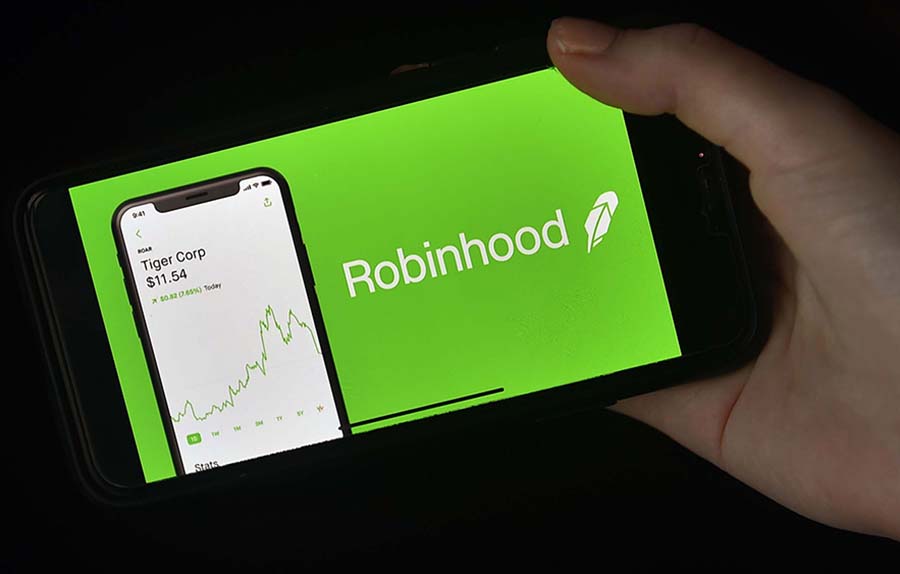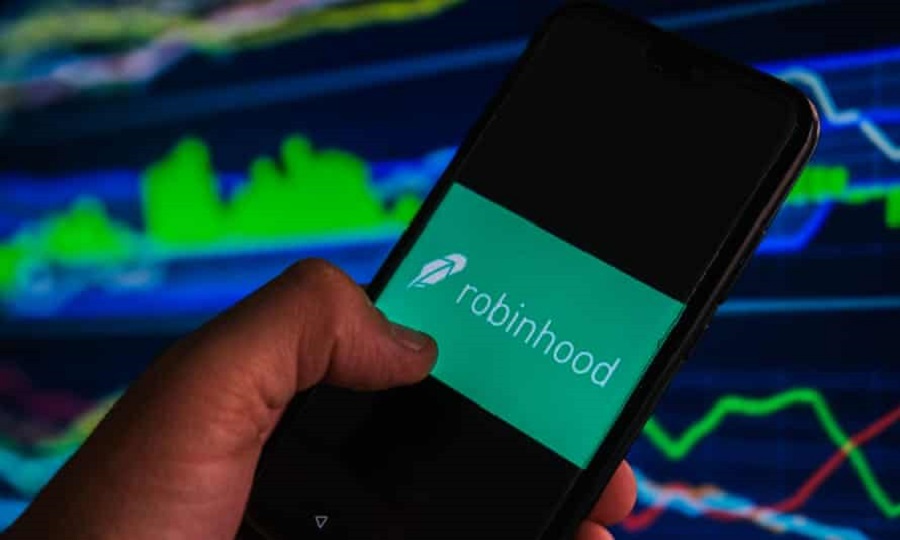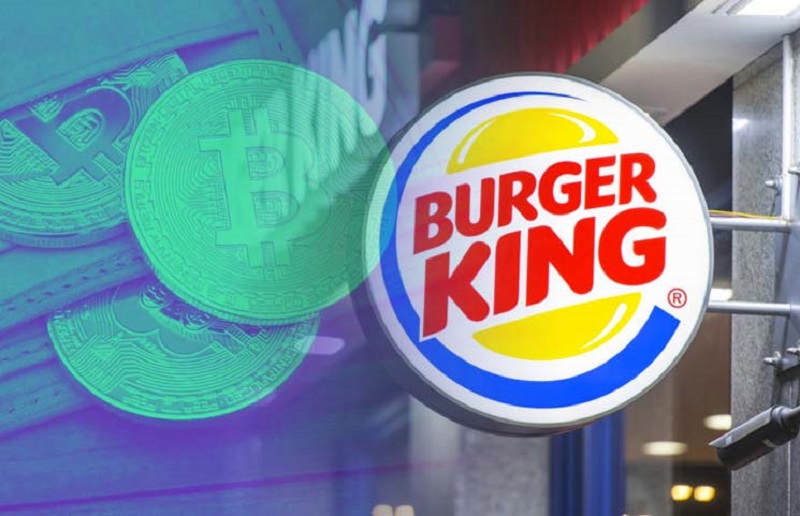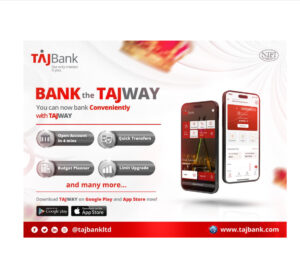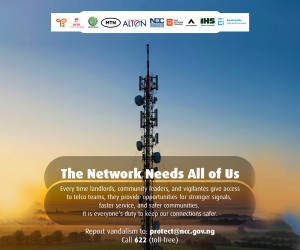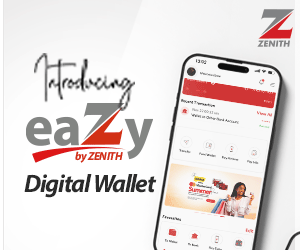In one of the year’s most high-profile impending listings, Robinhood Markets Inc. filed for an initial public offering, revealing that it became profitable last year only to have its losses soar in the first quarter.
According to Robinhood’s S-1 filing with the US Securities and Exchange Commission, the company was profitable last year, achieving a net income of $7.45 million on net revenue of $959 million in 2020, compared to a loss of $107 million on $278 million in 2019. Robinhood would be traded under the symbol “HOOD” on the Nasdaq.
The brokerage, on the other hand, lost $1.4 billion in the first quarter of 2021 as a result of emergency fund-raising-related losses during the GameStop trading spree in January. Also, in the first quarter of 2021, the company made $522 million in sales, increasing 309% from the $128 million in the first quarter of 2020.
The reason behind Robinhood’s hype
Robinhood, whose long-standing objective is to “democratize” investing, is widely regarded as the primary entry point for young investors.
During the epidemic, the app saw a surge in new, younger traders entering the stock market. Robinhood’s appeal gained traction as homebound young people turned to online trading to pass the time and make money.
In the midst of a volatile late-January craze over “meme stocks,” such as GameStop Corp. that became popular on Reddit forums and trading apps, Robinhood had to raise billions of dollars from its investors.
Politicians and regulators are scrutinizing the so-called gamification of trading and the company’s role at the center of the meme-stock frenzy as a result of its increased popularity.
Robinhood provides trading in equities, cryptocurrencies, as well as cash management accounts. The majority of trades are free for users; hence the majority of the app’s revenue comes from customer orders and a premium paid service.
Possible bottlenecks to Robinhood’s surge
According to CNBC, Robinhood was hit with FINRA’s biggest ever penalty on Wednesday, totaling over $70 million. The settlement addresses technical failure that Robinhood encountered in March of 2020 depicting a lack of due diligence before authorizing clients to conduct options trades and providing customers with misleading info regarding topics such as margin trading.
Robinhood has also faced lawsuits for its multiple days of outages during times when trading volume was heavy during the pandemic.
“We have grown rapidly in recent years and we have limited operating experience at our current scale of operations; if we are unable to manage our growth effectively, our financial performance may suffer and our brand and company culture may be harmed,” Robinhood said in the “risk factors” section of the prospectus.
In February, the House Financial Services Committee held a hearing on the GameStop trading frenzy. Payment for order flow, a subsidy that Robinhood receives from market makers like Citadel Securities in exchange for sending them transactions, has been condemned by legislators. Robinhood’s CEO, Tenev, was compelled to appear before the US Congress.
Payment for order flow is a popular practice, although it’s typically chastised for being obscure. Since then, Robinhood has taken measures to address some of the criticism, such as offering more information to its customers and eliminating the confetti function when investors make transactions.

